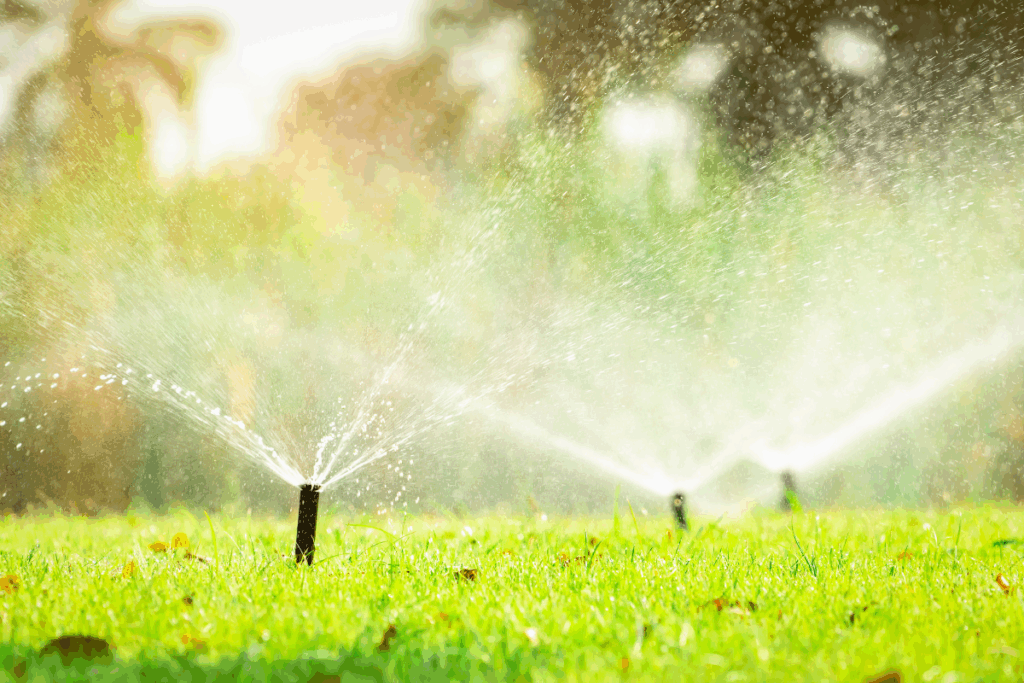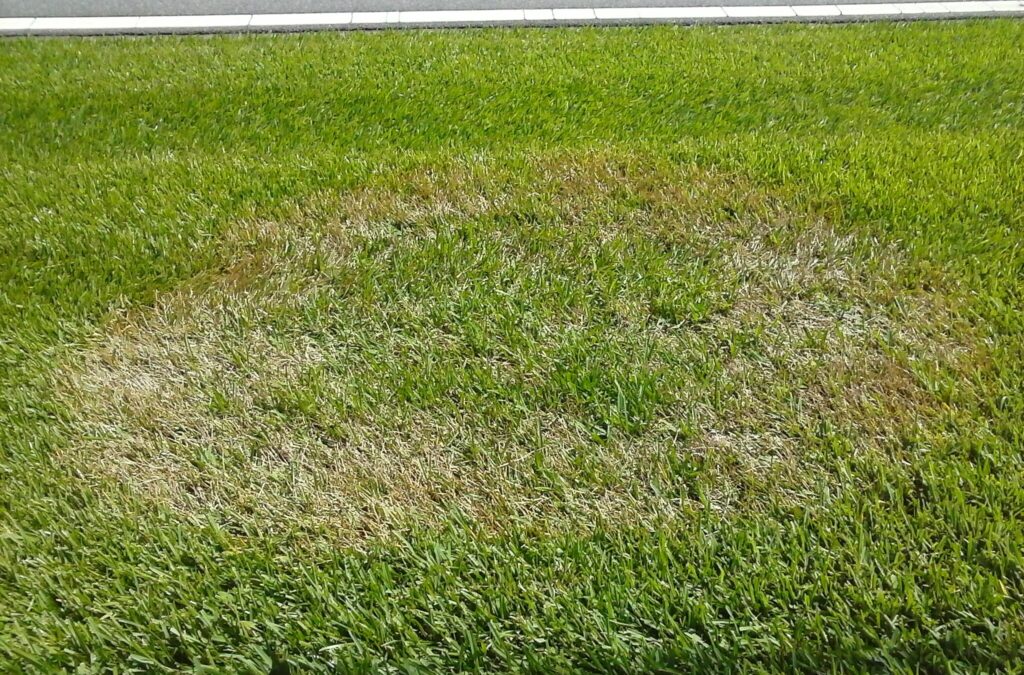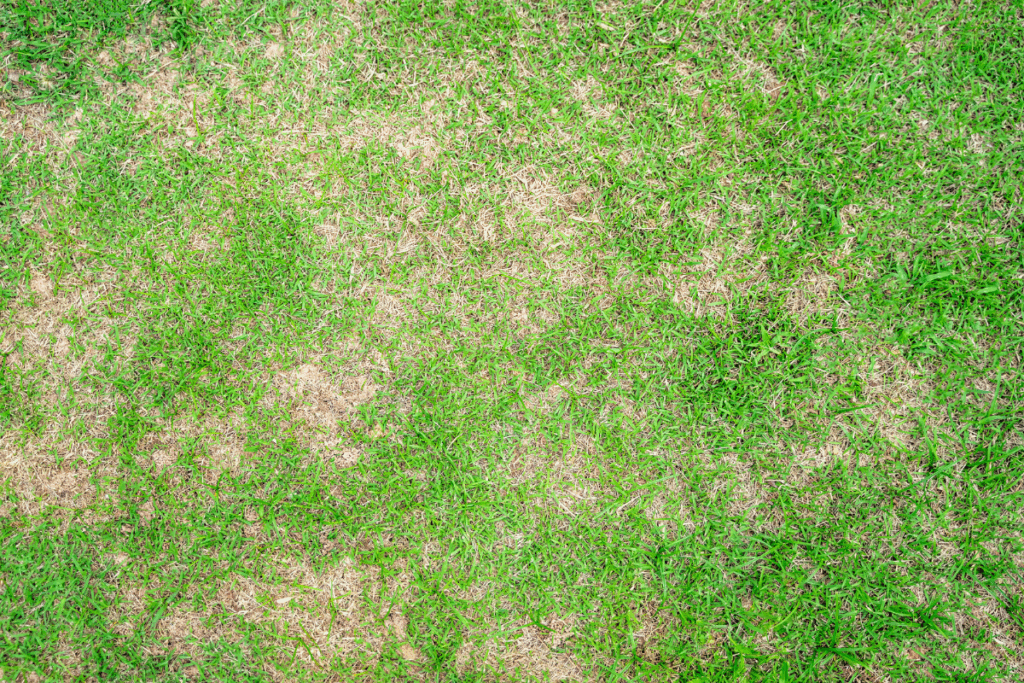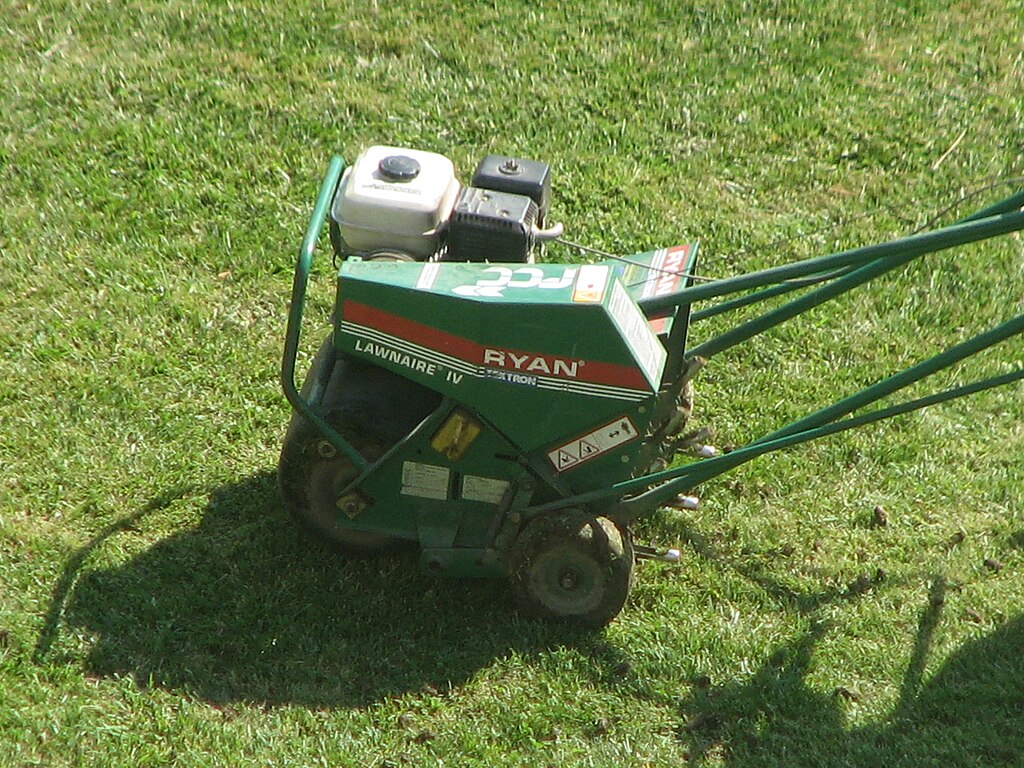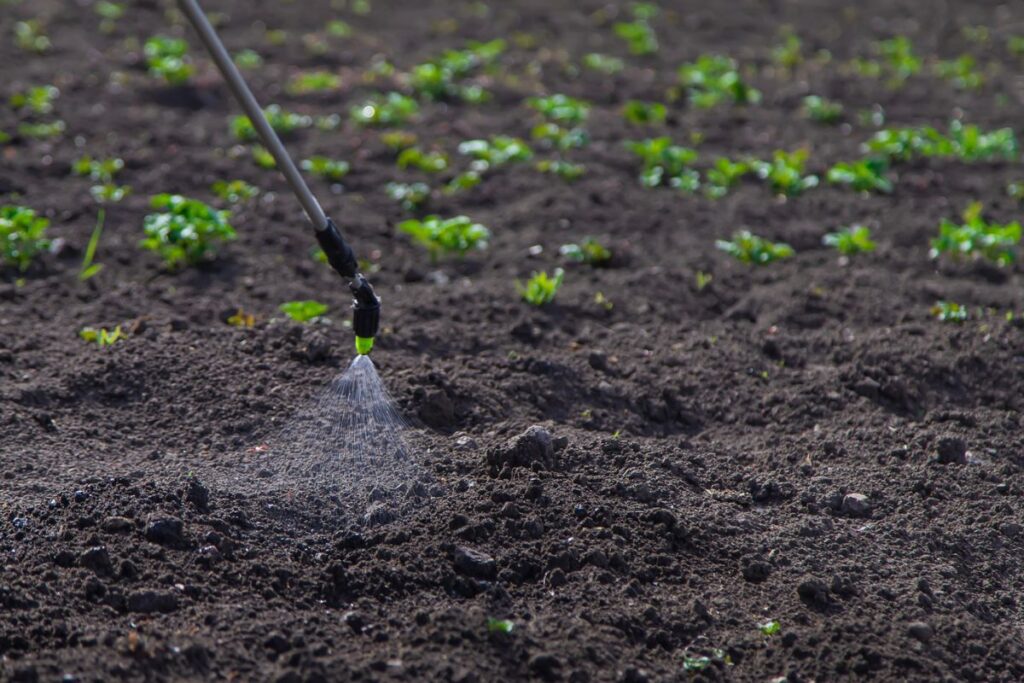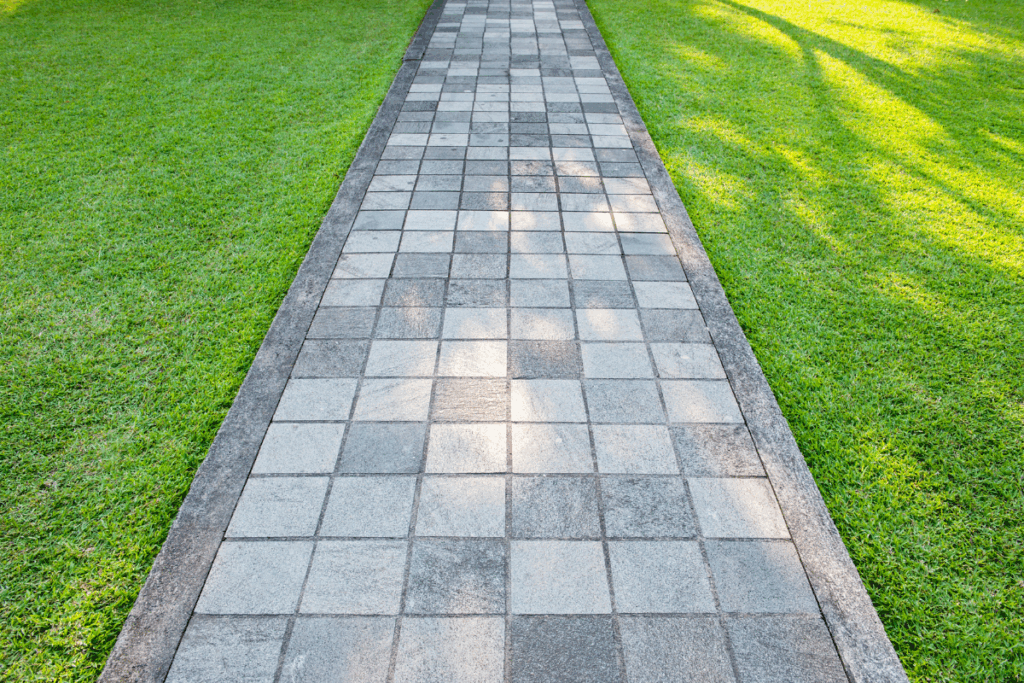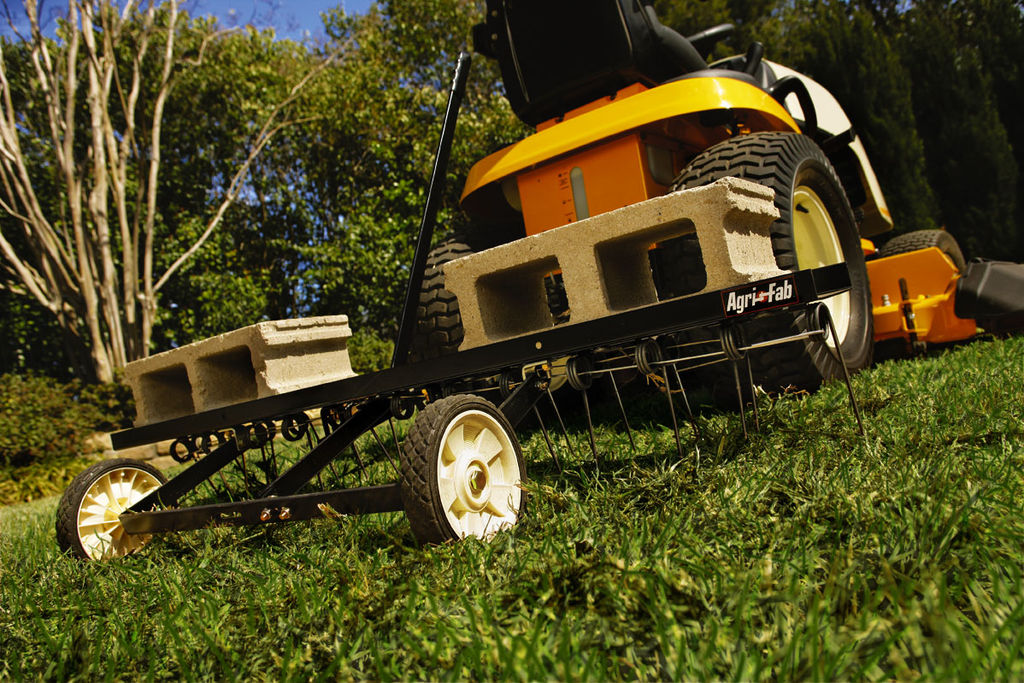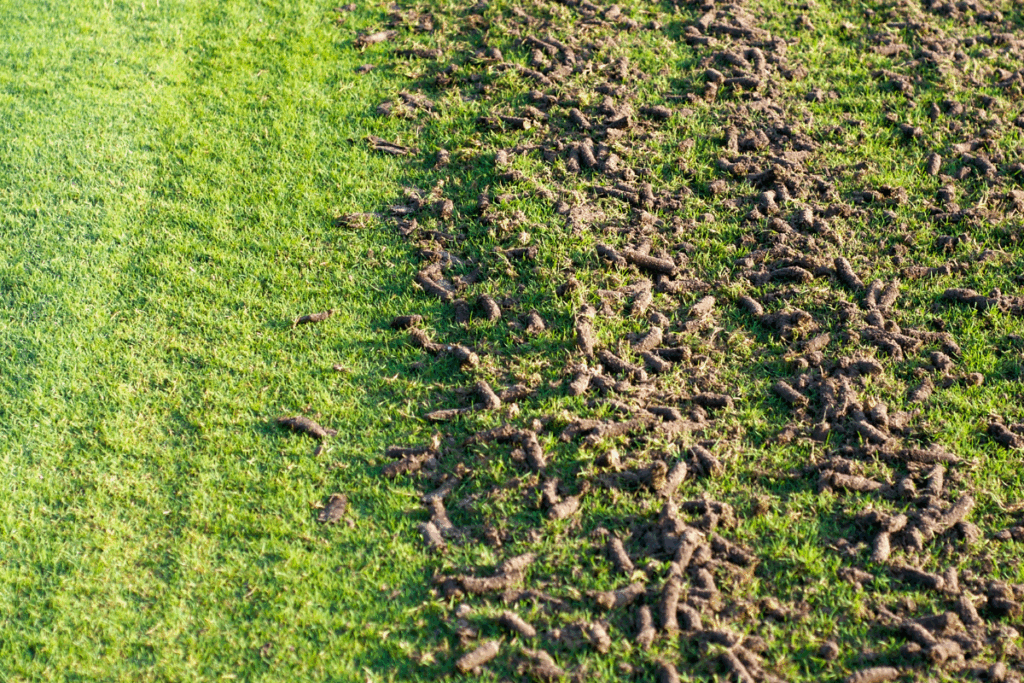Discovering brown patches on your lawn can be frustrating and concerning for homeowners who take pride in their outdoor spaces. These unsightly areas not only affect the aesthetic appeal of your yard but can also indicate underlying health issues that may spread if left untreated. Identifying the specific cause of brown patches is essential for implementing the correct solution and restoring your lawn to its lush, green state.
Different factors can lead to brown patches, ranging from insect infestations and fungal diseases to improper watering practices and pet damage. Understanding these common causes helps homeowners address the problem effectively rather than wasting time and resources on incorrect treatments. The following guide examines the seven most frequent culprits behind lawn discoloration and provides practical, targeted solutions for each situation.
1. Overwatering Damage: Reduce watering frequency and improve soil drainage
Brown patches in lawns often result from overwatering, which suffocates grass roots by preventing oxygen absorption. When soil remains constantly saturated, roots can’t breathe and eventually rot.
Signs of overwatering include spongy turf, fungal growth, and a lingering wet appearance even days after irrigation. These symptoms indicate water is not properly draining through the soil profile.
To fix this issue, immediately reduce watering frequency. Allow the soil to dry between irrigation cycles, typically watering only when the top 1-2 inches feel dry to the touch.
Improving drainage helps prevent future problems. Aerating the lawn creates pathways for water movement and reduces compaction that contributes to poor drainage.
2. Underwatering Effects: Increase watering during dry spells consistently
Brown patches often appear when lawns don’t receive adequate water. Grass requires consistent moisture to maintain its vibrant green color and health.
During hot, dry periods, grass naturally goes dormant and turns brown to conserve energy. This protective mechanism helps the grass survive but creates unsightly patches across your lawn.
The solution is straightforward: increase watering frequency during dry spells. Most lawns need about 1-1.5 inches of water weekly, either from rainfall or irrigation.
Water deeply but infrequently to encourage deep root growth. Early morning watering (between 4-10 AM) is optimal as it reduces evaporation and allows grass to dry before evening.
3. Fungal Infections: Apply a fungicide like Azoxystrobin following label instructions
Fungal diseases like brown patch, dollar spot, and rust are common culprits behind lawn discoloration. These pathogens thrive in humid conditions with poor air circulation, especially during warm weather.
To combat fungal infections, apply a quality fungicide containing Azoxystrobin. This systemic fungicide effectively controls various lawn diseases by inhibiting fungal respiration at the cellular level.
Treatment should begin at the first sign of infection. Apply the product using a spreader or sprayer according to the manufacturer’s instructions, typically every 14-28 days during disease-prone periods.
Improve air circulation by reducing irrigation frequency and aerating compacted soil to prevent future outbreaks.
4. Dog Urine Burns: Train pets to use a designated area and water spots immediately
Dog urine contains nitrogen compounds that can burn grass, creating distinct brown patches with greener edges. These spots typically appear in areas where pets frequently relieve themselves.
Training dogs to use a specific section of the yard helps contain the damage to one area. Consider creating a designated spot with gravel or mulch that won’t show burn marks.
When accidents occur elsewhere on the lawn, immediately water the spot thoroughly. This dilutes the urine and reduces nitrogen concentration before it can damage grass roots.
For existing burn spots, repair by removing dead grass, adding fresh soil, and reseeding the area. Maintaining proper hydration in your lawn can also increase its resistance to urine damage.
5. Poor Soil Aeration: Aerate lawn using a core aerator in spring or fall
Compacted soil prevents roots from accessing oxygen, water, and nutrients, resulting in brown patches across your lawn. When soil becomes compressed, grass struggles to establish deep root systems and cannot withstand periods of stress.
Core aeration solves this problem by removing small plugs of soil from your lawn. This process creates channels for air, water, and nutrients to reach the root zone effectively.
The best times to aerate are during spring or fall when grass is actively growing. For cool-season grasses, aim for early fall; for warm-season varieties, late spring works best.
Rent a core aerator from a local garden center or hire a professional lawn service for best results. After aerating, your lawn will recover within 2-3 weeks with noticeably healthier growth.
6. Nutrient Deficiency: Fertilize with a balanced product containing nitrogen, phosphorus, and potassium
Brown patches often signal that your lawn lacks essential nutrients. Grass requires a proper balance of nitrogen, phosphorus, and potassium to maintain healthy growth and color.
Apply a balanced fertilizer with an NPK ratio close to 3-1-2 to address these deficiencies. Nitrogen promotes lush green growth, phosphorus supports root development, and potassium enhances disease resistance.
Before applying fertilizer, conduct a soil test to determine exactly which nutrients are lacking. This prevents over-fertilization which can damage grass and contaminate waterways.
Water the lawn thoroughly after fertilizing to help nutrients penetrate the soil. Follow product instructions for application rates and timing for best results.
7. Heavy Foot Traffic: Create designated pathways to minimize turf stress
Constant walking over the same areas of lawn compacts soil and damages grass roots, creating brown, worn patches. These high-traffic zones become especially vulnerable during wet conditions when soil compaction occurs more easily.
Installing stepping stones or gravel pathways directs foot traffic away from vulnerable turf areas. These designated walkways not only protect your grass but can enhance your landscape’s visual appeal.
For existing damaged areas, aerate the soil to reduce compaction, then overseed with traffic-tolerant grass varieties like Kentucky bluegrass or perennial ryegrass. These species recover more quickly from stress and withstand moderate foot traffic better than other varieties.
8. Excessive Thatch Build-up: Dethatch using a rake or mechanical dethatcher
Thatch is a layer of dead grass stems and roots that accumulates between the soil surface and green vegetation. When this layer exceeds 1/2 inch thick, it prevents water, nutrients, and air from reaching the soil.
Brown patches appear as the grass struggles to access essential resources. Dethatching is the most effective solution for this problem.
For small lawns, a dethatching rake with sharp tines works well. Simply rake vigorously to pull up the thatch layer.
Larger lawns benefit from mechanical dethatchers, which can be rented from garden centers. Spring or early fall is the ideal time to dethatch, when grass is actively growing and can recover quickly.
9. High Soil pH: Test soil and apply sulfur to lower pH if necessary
Soil pH significantly impacts nutrient availability to grass. When soil pH rises above 7.0, it becomes alkaline, preventing grass from absorbing iron and other essential nutrients.
Brown patches can develop as grass struggles with nutrient deficiencies in high-pH soil. Purchase a soil test kit from a garden center to determine your soil’s pH level accurately.
If tests confirm high pH, apply elemental sulfur according to package directions. Typically, 5-10 pounds per 1,000 square feet is sufficient for moderate pH correction.
Sulfur works gradually, taking several months to lower pH effectively. For severe cases, consider making smaller, repeated applications rather than one large application.
10. Compacted Soil: Perform deep aeration to relieve compaction
Compacted soil prevents proper water, nutrient, and oxygen flow to grass roots, resulting in brown patches across your lawn. This common issue often occurs in high-traffic areas or yards with heavy clay soil composition.
Core aeration is the most effective solution for compacted soil. This process involves removing small plugs of soil from your lawn, creating channels for water and nutrients to reach the roots.
For best results, aerate your lawn during the growing season when grass can recover quickly. You can rent a core aerator from most home improvement stores or hire a professional lawn service for larger properties.
After aeration, apply a thin layer of compost to improve soil structure. Water thoroughly to help the soil recover from the process.
